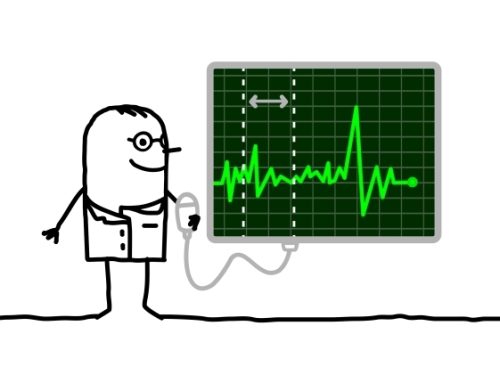Being able to quickly identify the kinds of thoughts associated with each of your emotions is a skill worth practicing.
When helping clients dealing with emotional issues, one of the first things I focus on is identifying the thoughts they have when they’re experiencing particular emotions. Once we’ve identified these thoughts, we can work on changing those thoughts to help the person feel better. One of the methods I use to help my clients quickly identify the thoughts driving their emotions uses the principle of cognitive specificity. As a Calgary psychologist and a Cochrane psychologist, I have used this principle many times to help my clients address their issues in depression counselling, anxiety counselling, anger management counselling and many other contexts.
What is the principle of cognitive specificity?
The principle of cognitive specificity is that particular emotions are associated with specific kinds of thoughts. In other words, each emotion you experience has its unique set of thoughts which are likely to be in your mind when you are feeling that emotion. This means that the kinds of thoughts you have when you are experiencing anger tend to be qualitatively different from those you have when you are feeling anxious, depressed, guilty or frustrated.
What kinds of ‘hot thoughts’ do we have when we’re experiencing particular emotions?
As I mentioned, each emotion has distinctive ‘hot thoughts’ which ‘come along for the ride’. Here are a few examples: (1) Anxiety—worries and ‘catastrophizing’, overestimating danger and underestimating your ability to cope ; (2) Depression—negative thoughts about yourself (especially low self-worth), your world and your future (a pessimistic outlook on your present and future); (3) Anger—negative thoughts about others, especially in regard to others treating you unfairly or violating rules; (4) Guilt/Shame—negative thoughts about yourself for having done something wrong; (5) Frustration—negative thoughts about your ‘stuck’ situation or being blocked from achieving one or more goals.
Once you’ve identified your ‘hot thoughts’, what can you do with them to feel better?
There are two main strategies you can use to deal with your hot thoughts once you’ve identified them with the help of the cognitive specificity principle:
(1) Restructure your thoughts to make them less ‘hot’—In many instances, your negative emotions are intense because you are thinking about your situation in an overly negative way. Cognitive restructuring involves changing your thinking about your situation so that you are viewing it in a more accurate and therefore less negative way. For example, you may be experiencing intense anxiety regarding your job because of overestimating the likelihood that you will be let go and/or underestimating your ability to cope if you were let go;
(2) Take action to address problems or concerns to which your hot thoughts are pointing—Changes in your thinking can be accompanied by your taking action to reduce your emotional distress. Using the example I just mentioned, the hot thoughts you identified using the cognitive specificity principle might lead you to take action to improve your skills at work, explore alternative work options or focus on putting more money aside in the event that you do lose your job.
These cognitive and behavioural strategies to deal with your hot thoughts can be used to help you feel better for each of the other emotions I mentioned along with any others which cause you distress. Following the cognitive specificity principle will help you quickly zero in on the hot thoughts which are at the roots of your emotional discomfort. Doing so will allow you to feel better as soon as possible by using the strategies to address those thoughts. In this endeavour, you may find it helpful to meet with a psychologist who is skilled in cognitive-behavioural therapy. He or she can work with you to implement the strategies.
May you add the cognitive specificity principle to your repertoire of skills,
-Dr. Pat





Woah! I’m really loving the template/theme of this
site. It’s simple, yet effective. A lot of times it’s hard to get
that “perfect balance” between usability and appearance.
I must say that you’ve done a excellent job with this.
Additionally, the blog loads super quick for
me on Internet explorer. Outstanding Blog!